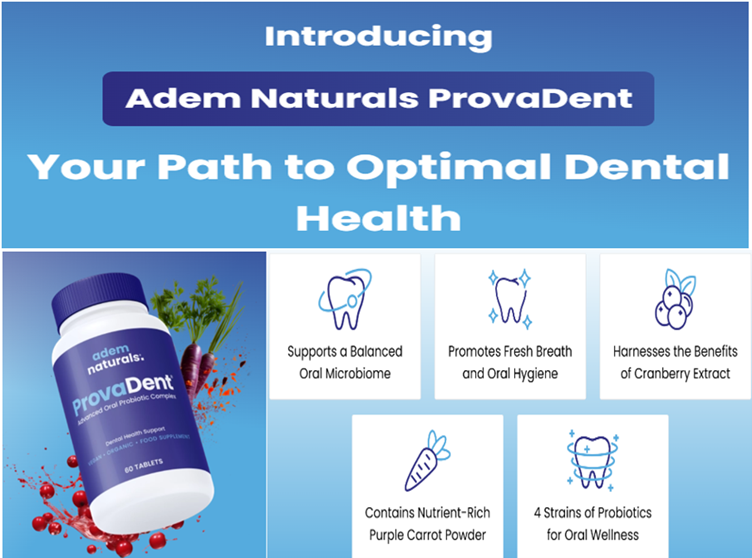Introduction
In modern industries, workplace safety is paramount. Organizations must meticulously handle the compilation, collation, and analysis of safety information to prevent accidents, ensure compliance with occupational health and safety (OHS) standards, and promote a culture of safety. These processes are essential for maintaining regulatory compliance, reducing workplace hazards, and safeguarding employees. This blog will explore the key stages involved in managing safety information efficiently and provide a comprehensive guide for safety officers, managers, and industry professionals.
Understanding the Compilation of Safety Information
1. Identifying Safety Data Sources
The first step in compiling safety information is to identify reliable sources of safety-related data. These sources may include:
- Incident and accident reports
- Near-miss reports
- Safety audits and inspections
- Risk assessments
- Employee feedback and observations
- Equipment maintenance logs
- Regulatory compliance records
Organizations must ensure that all data sources are effectively utilized to create a comprehensive workplace safety management system.
2. Collecting and Recording Safety Data
Data collection is a critical aspect of safety management. It involves gathering information from different channels, including:
- Digital reporting systems – Software platforms where employees log incidents, hazards, and risks.
- Manual reporting forms – Traditional paper-based reports filled out by workers.
- Safety meetings and toolbox talks – Discussions where safety issues are highlighted.
- Surveillance and monitoring – Use of CCTV cameras and IoT devices to monitor workplace safety conditions.
A structured approach to data collection ensures that no critical information is overlooked and that safety performance indicators (SPIs) can be accurately measured.
3. Ensuring Data Accuracy and Consistency
To make safety data useful, it must be accurate and consistent. Safety officers must:
- Standardize reporting formats across the organization.
- Validate data entries for errors or inconsistencies.
- Train employees on proper documentation practices.
- Implement automated systems to reduce human errors.
A well-compiled safety data system enables organizations to enhance workplace safety culture and meet legal compliance requirements.
The Process of Collating Safety Information
1. Organizing Data for Effective Use
After data compilation, the next step is collation—arranging the data systematically for easy retrieval and reference. Collating safety information ensures that organizations can quickly access and analyze past safety records when needed.
Methods for collating safety data include:
- Categorization by incident type (e.g., slips, falls, equipment malfunctions, chemical exposure).
- Organizing data by department or work area to pinpoint high-risk zones.
- Utilizing cloud-based safety management systems for centralized data storage.
- Linking safety reports to specific time frames to detect trends.
2. Integrating Safety Data Sources
To develop a holistic safety strategy, data from different sources must be integrated. This involves:
- Merging digital and manual records.
- Cross-referencing incident reports with risk assessments.
- Aligning safety audits with regulatory compliance documents.
By consolidating safety information, organizations create a more complete picture of workplace hazards and implement targeted safety improvements.
3. Creating a Centralized Safety Information System
A centralized system helps safety officers manage data efficiently. Features of an effective system include:
- User-friendly dashboards for real-time access to safety trends.
- Automated alerts and notifications for new safety reports.
- Advanced search and filtering options for quick data retrieval.
- Cloud storage for easy accessibility and backup.
Collating safety data in a structured system improves occupational health and safety performance and ensures quick decision-making in case of emergencies.
Analyzing Safety Information for Risk Mitigation
1. Identifying Patterns and Trends
Analysis involves interpreting safety data to uncover patterns, trends, and areas of concern. Key analytical techniques include:
- Trend analysis – Examining recurring safety incidents.
- Root cause analysis (RCA) – Identifying underlying causes of accidents.
- Comparative analysis – Evaluating safety performance across different time frames or departments.
- Predictive analysis – Using data trends to forecast potential hazards.
By analyzing safety information effectively, organizations can proactively mitigate workplace risks and improve safety procedures.
2. Assessing Safety Performance Metrics
Measuring safety performance is crucial for understanding the effectiveness of safety management systems (SMS). Important metrics include:
- Total Recordable Incident Rate (TRIR) – Measures the frequency of workplace injuries.
- Lost Time Injury Frequency Rate (LTIFR) – Tracks injuries that lead to time off work.
- Near-miss reporting frequency – Indicates proactive hazard identification.
- Compliance rate with safety regulations – Ensures adherence to OHS standards.
Regular assessment of these metrics helps organizations refine their safety programs and reduce workplace hazards.
3. Implementing Data-Driven Safety Improvements
Safety information analysis is not just about identifying risks—it’s about implementing actionable safety improvements. Organizations can enhance workplace safety by:
- Updating safety protocols and policies based on trend analysis.
- Enhancing employee safety training in high-risk areas.
- Improving safety equipment and infrastructure.
- Strengthening emergency response plans.
- Encouraging a proactive safety culture through employee engagement.
By applying analytical insights, companies can reduce workplace accidents and injuries, ensuring a safer working environment.
Conclusion
The process of compilation, collation, and analysis of safety information is fundamental to maintaining a robust workplace safety framework. By systematically collecting, organizing, and evaluating safety data, organizations can enhance occupational health and safety (OHS) performance, mitigate risks, and ensure compliance with workplace safety regulations. Safety officers play a critical role in implementing these processes, fostering a safety-conscious culture, and ensuring a hazard-free work environment.
Investing in efficient safety information management not only protects employees but also enhances organizational reputation, productivity, and legal compliance. As workplace safety continues to evolve, leveraging technology, predictive analytics, and data-driven decision-making will be key to ensuring long-term safety success.
“Start Your Website Journey Today – Exclusive Hostinger Discounts!”










